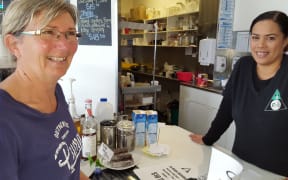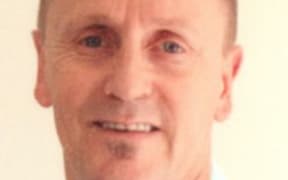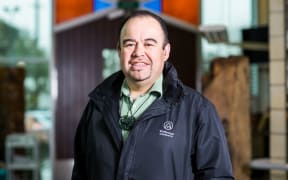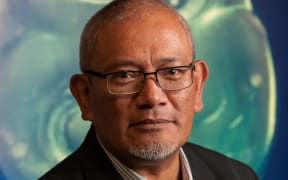A new computer program that can recognise Māori being spoken is helping broadcasters measure te reo content.
The program, Kōkako, was developed by Dragonfly Data Science based on technology used for recognising bird calls. It's being used by Māori broadcasting funder Te Māngai Pāho and helps broadcasters measure how much te reo is being used across a certain period of time.
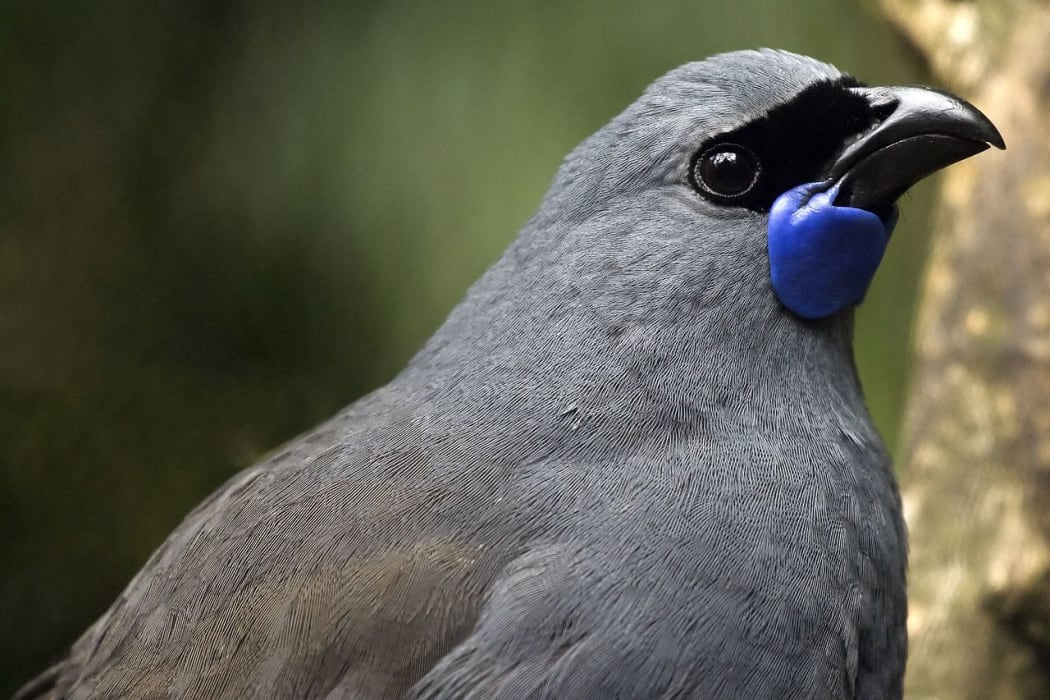
The Kōkako program to recognise spoken Māori was developed from technology used to identify bird calls. Photo: (Matt Binns Creative Commons Attribution 2.0 Generic)
Māori broadcasters are required to meet a certain quota of te reo content to fulfil contractual obligations and Kōkako allows them to work out more accurately how much Māori language is used.
Te Māngai Pāho acting chief executive Tom Hood said measuring Māori content manually could distort the way broadcasts were put together.
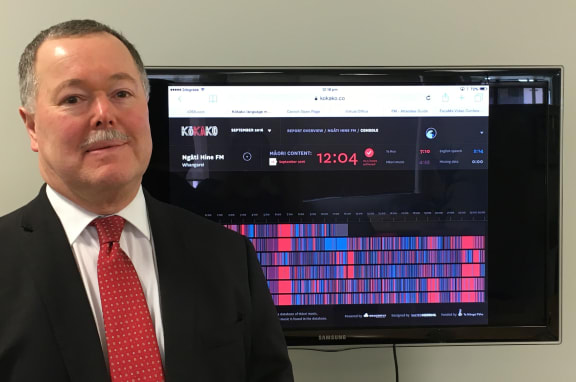
Te Māngai Pāho acting chief executive Tom Hood. Photo: Supplied
"Administratively, it was a lot easier for us to ask the stations to put (Māori) language into big blocks. We could then turn around and measure it because we were contracting for so many hours a day or a year. There was always a message back from the stations that it was very artificial and constraining in terms of how the language was delivered.
"We were looking for a way that [Māori language content] could be put on the radio a bit more naturally, where they weren't worrying so much about fulfilling quotas but it would still enable us to measure it."
The broadcasting funder heard about a technology developed by Dragonfly Data Science which recognises bird calls. In the past, Department of Conservation workers trying to calculate numbers of birds such as kiwi had to manually count bird calls from recordings.
Dragonfly developed an algorithm that recognised different calls and could process the recordings a lot quicker.
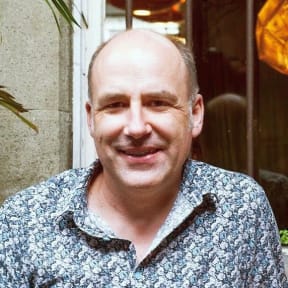
Dragonfly Data Science chief executive Dr Edward Abraham Photo: Supplied
Chief executive Edward Abraham said Te Māngai Pāho approached them to see if the technology could be applied to recognising te reo.
"It's listening out for the characteristic sounds, so in English there's a lot of 's' sounds and 'j' sounds that don't exist in Māori. So if someone uses 's', it knows they're talking in English. It's really about hearing the different sounds associated with a language and picking up on that."
Te Māngai Pāho chairman Piri Sciascia said Kōkako would help the organisation fulfil its obligations to encourage Māori usage in broadcasting.
"There's quite a rigorous accounting of our broadcasting hours in te reo because that's what we're accountable to the minister for. We've got to be able to demonstrate that in statements of intent and statements of performance."
Dr Abraham said the programme could calculate the amount of Māori used during a broadcast very quickly, even where people were alternating between English and Māori.
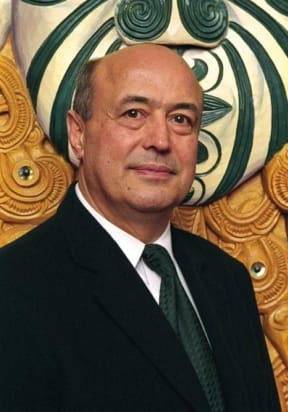
Te Māngai Pāho chairman Piri Sciascia Photo: Supplied
"A feed from the radio stations goes to Ngā Taonga (Sound Archives) and we pick it up from there. Stations can log on and see a display of the language presenters are talking throughout the day. Before they were doing it in 15 minute blocks and sending in a time sheet. That was quite prescriptive and presenters felt constrained by that."
Mr Sciascia said this would allow broadcasters to use Māori more freely during non-Māori programming and still be recognised in audits on te reo usage. It would help those with limited te reo ability because presenters would be able to speak in short bursts of Māori during English broadcasts.
"Part of this whole strategy is to not only concentrate on the top end of Māori learners becoming fluent but non-speakers becoming exposed, becoming comfortable, and allowing that to happen. And maybe getting excited about it and wanting to try."
The Kōkako program has been named as a finalist in the interactive applications category of the Best Design Awards. The user interface was designed by Salted Herring.
